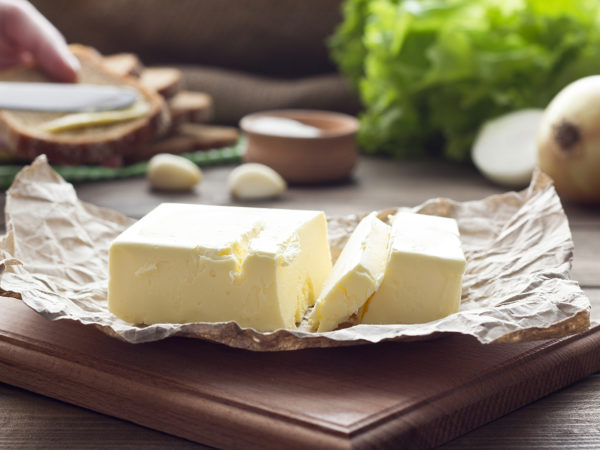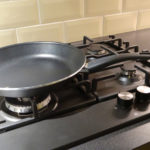Which Butter is Best?
There are many kinds of butter on the market these days, including salted, cultured, “European-style,” ghee and whipped. I’ve even heard of raw-cream butter. Which is best?
Andrew Weil, M.D. | May 18, 2012

Butter is the most saturated of all the animal fats. It also contains the most cholesterol of all animal fat – more than twice that of beef fat! For cardiovascular health, conventional wisdom suggests minimizing consumption of butterfat, especially in the form of butter, cream, and high-fat cheeses. On the other hand, recent evidence suggests that natural forms of saturated fat and dietary cholesterol may not be as problematic as was once thought. The larger culprit in raising coronary disease risk now appears to be refined and processed carbohydrates such as sugars and white flour.
In any case, butter is certainly better for you than margarine, and used moderately, can be part of a healthy diet. Here is a quick overview of the various forms available:
- Uncultured butter: This is made from fresh, pasteurized cream and is the type of butter most commonly used in North America. Despite the fact that it is often called “sweet cream butter,” this variety has a neutral taste, which is one of the reasons why cooks and bakers prefer using it. The other is that it lends a better texture to cakes and pastries than other types of butter.
- Salted butter: Before the days of refrigeration, salt was added to butter to prevent spoilage and cover the taste of cream that had begun to turn. Salted butter still lasts longer in the refrigerator than unsalted butter. (You can prolong the life of unsalted butter by freezing it.) You may not be able to taste the salt in butter after you spread it on your toast, but it can affect taste if used for baking, which is why most recipes for baked goods call for unsalted versions.
- Ghee: Traditional Indian cooking relies on ghee, which is made by heating unsalted butter until the milk solids sink to the bottom and brown. The foam is skimmed, and then the pure butterfat is poured off, leaving the solids behind. Ghee can be stored at room temperature and can be used for cooking at higher heat than regular butter. It has a bit of a nutty taste.
- Cultured butter: This is made from pasteurized cream to which lactic acid bacteria are added to trigger fermentation, which gives a tangy taste that many Europeans prefer.
- Whipped butter: This is a relatively recent innovation, dating from the mid-20th century, and made by whipping nitrogen gas into churned butter. Whipped butter is soft enough to spread when you take it out of the refrigerator.
- Raw cream butter: Made from unpasteurized milk, this type of better has a very short shelf life – about 10 days. Raw cream butter is said to be sweeter and tastes more of cream than the butter most of us are used to. Since it is made from unpasteurized milk, you’re not likely to find it in your supermarket, but you can order it online or may be able to purchase it locally if there’s an organic, raw dairy in your area.
As for which type is best: that’s purely a matter of individual taste.
Andrew Weil, M.D.









